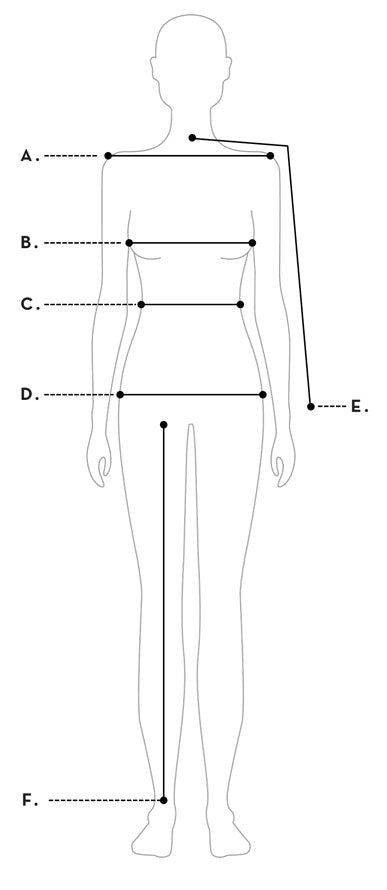What are the types of skin cancers and how are they different?
Skin cancer is the most common cancer diagnosed in the United States. The three main types of skin cancer are Basal Cell Carcinoma (BCC), Squamous Cell Carcinoma (SCC) and Malignant Melanoma (MM). BCC comprises about 80% of new skin cancer cases, SCC about 15%, and MM less than 5%. However, while melanoma accounts for less than 5% of new skin cancer cases, it is responsible for the overwhelming majority of deaths from skin cancer.
Most skin cancers are completely curable if they are caught early; this is why early detection is so important. Melanoma, if caught early, has a 99% cure rate. However, if it is not detected early, once it invades the skin and develops potential to spread throughout the body to the organ systems, the cure rate drops dramatically. This is why advanced melanoma has such a high mortality rate.
When it comes to skin cancer, what are the common misconceptions?
It seems that every day in my practice, patients tell me, “The damage is already done,” or “It’s too late for me to wear sunscreen now.” There is a common misconception that it is too late to improve our sun habits and effect a meaningful change. This is not true! Only 25% of our lifetime damage occurs by adulthood. Furthermore, studies show that making sunscreen part of our daily routine, even as adults, will decrease our risks of skin cancer and signs of premature aging.
Another misconception I hear is that indoor tanning can provide a “healthy base tan” before a sunny vacation. This is not true! There is no such thing as a healthy tan, especially when it comes to indoor tanning. Indoor tanning beds emit UV radiation that is 12X more powerful and damaging than outdoor UV rays. Exposure to indoor tanning beds can increase our risk of melanoma by 75%.A sunless tan is a better option before a vacation, but the sunless tan does not protect you from sunburns and sun damage, you still need SPF!
Why is melanoma more prevalent in young women? What is causing this cancer to develop?
BCC and SCC, also known as non-melanoma skin cancers, are more common with chronic sun exposure, so we often see these skin cancers on areas that are exposed year-round, like the head and neck, the ears and lips, and the back of the hands. Because they are linked to chronic sun exposure, we also see more of these types of skin cancers as people age.
Melanoma, on the other hand, is particularly common in young women. We see a peak in melanoma incidence in women aged 21-35. This is a direct reflection of sun habits in this age group. Interestingly, the type of sun exposure young women get is not necessarily the same chronic exposure that outdoor workers or older people in retirement communities get. Rather, it is common for young women to get intense “bursts” of UV exposure. For example, living in a moderate climate like New York City and staying covered up for most of the year and then flying to the Caribbean for a week vacation provides an intense “burst” of sun exposure to skin that has otherwise been covered up and protected. The type of skin-damaging mutations induced by this “sun-bursting” is more likely to contribute to melanoma formation.
Indoor tanning beds also are responsible for these “sun-bursting” mutations. Interestingly, young women often get melanomas on areas that are normally covered throughout the year and then get exposed to these intense bursts of damaging UV radiation. For this reason, for example, melanomas in women often occur on the legs. And in women who have indoor tanned, I have diagnosed many melanomas on the breasts and buttocks, areas that have not been otherwise exposed, except to the intense bursts emitted by indoor tanning beds.









